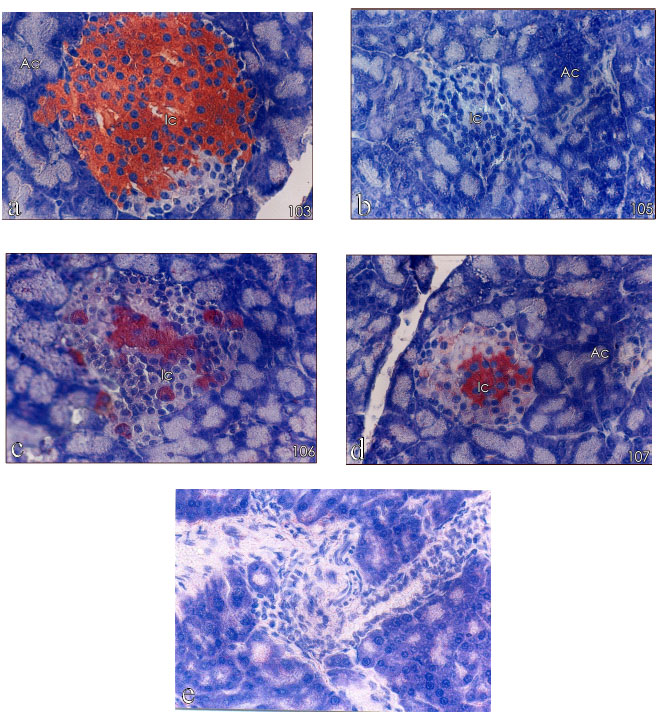Research Article
Hypoglycemic and Other Related Effects of Elephantopus scaber Extracts on Alloxan Induced Diabetic Rats
Department of Biotechnology, Holy Cross College, Tiruchirappalli-620 002, India
Nirmala A. Rayan
Department of Biotechnology, Holy Cross College, Tiruchirappalli-620 002, India
D. Rajathi
Department of Biotechnology, Holy Cross College, Tiruchirappalli-620 002, India











